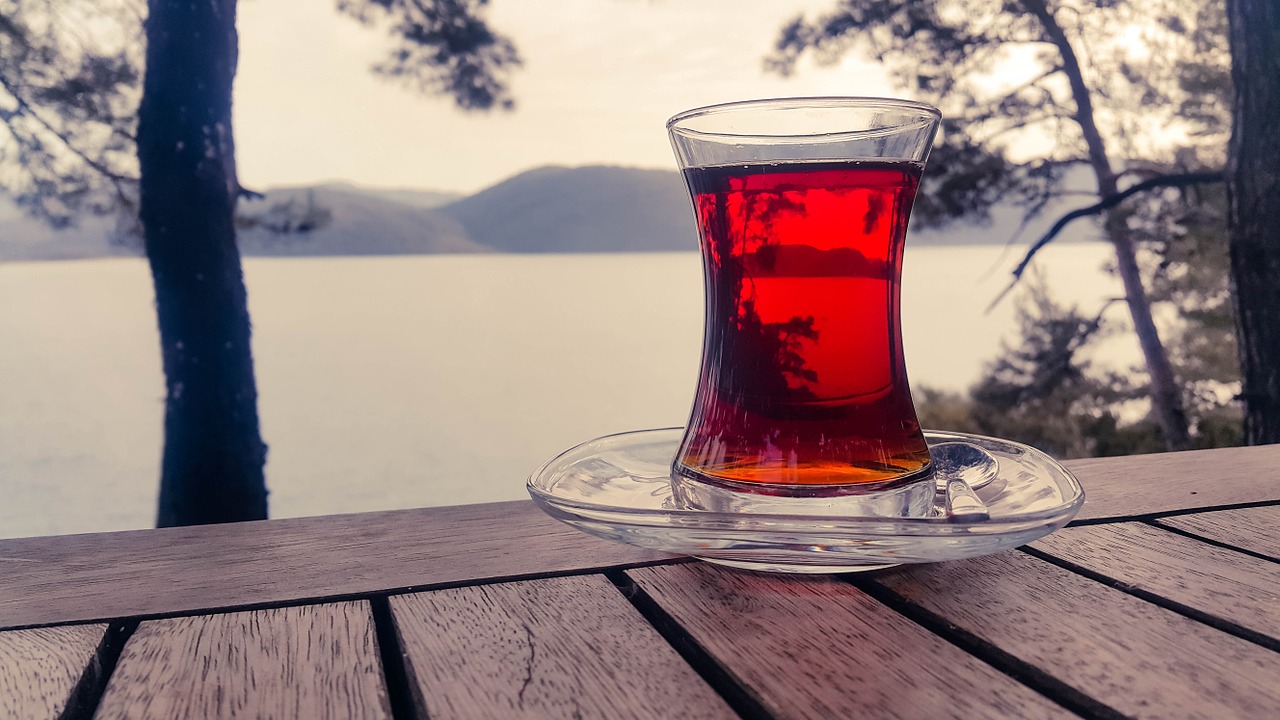Tea traditions around the world
Contents
- China
- India
- Japan
- Morocco
- England
For many of us, drinking tea often comes down to sipping hot liquid from a cup with a teapot at breakfast, lunch and dinner, accompanied by news from a smartphone, and consuming it on the run from a plastic cup. But in many countries of the world it has become a special ritual, and we should probably study the history of tea drinking in order to treat this amazing drink with great respect.
Tea traditions are out of our sight
- China. You should start with China, because, despite rumors that the homeland of tea is India, it was first tasted in the Middle Kingdom. As the legends say, one of the Chinese emperors named Shen-Nung, knowing about the unpleasant consequences of consuming raw water and caring for the people, ordered to boil drinking water, showing by his example that it is necessary. And one day a few leaves of a tea bush got into a pot of boiling water. The emperor liked the taste of the hot drink, which not only quieted his thirst, but also cheered the ruler. He recommended tea to his subjects as a medicine, a thirst quencher and a drink for purity of thoughts. In China, in the 8th century, the sage Lu Yu wrote a scientific treatise on tea and tea drinking. From then until today, the drink has been brewed according to the Gong Fu Cha method, the knowledge of which is the highest skill in brewing and drinking tea. In the ceremony, oolongs are used most often, which are poured into small cups of red porcelain.
- India. Today this country is one of the largest exporters of tea in the world, but an unmeasured amount of tea leaves is deposited in the state itself, because Indians love to drink tea. The favorite drink of the local population is Masala tea, which is a mixture created from black tea and spices. It can be nutmeg, cinnamon, pepper, ginger, cloves and more, and in some states milk is also added to it. They drink a drink in the morning, offering it to both neighbors and guests who have come to the house. In addition, the numerous stalls selling Masala Chai are traditionally a meeting place and exchange of information.
- Japan. In Japan, tea for a long time was available only to monks professing Buddhism and using the tea ceremony for meditation, but later the drink went beyond the walls of monasteries. And today, green tea mate in powder is still used in the traditional ritual. It is being prepared for guests under a quiet, calm conversation, during which people relax and indulge in rest. The main requirement of the ceremony is simplicity or "wabi", which gives freedom of thought, therefore, the decoration of the teahouse and the dishes used for tea drinking should be similar to the buildings and utensils of the peasants. Purity, silence and simplicity bring those present to harmony with themselves and the world, which corresponds to the teachings of Zen Buddhism.
- Morocco. Here they learned about the tea drink back in the 18th century. According to their own tastes, the Moroccans chose green tea and created their own ritual. Respect for tea is shown by the inhabitants of the state in the serving of the ceremony, when it is served in richly decorated teapots and poured into transparent glasses, and before that it is brewed in a special way to get a strong and thick drink. A large amount of sugar and, of course, mint are added to it, and the way it is poured deserves a special description. The teapot is lifted over the glass and liquid is poured into it in a thin stream to create a lush foam, which is an important attribute of tea drinking in Morocco. After it has settled, the glasses are filled to the brim.
- England. The traditional tea drinking in Great Britain is called Five o'clock. According to the memoirs of contemporaries, the Duchess of Bedford became the author of this ritual. Due to the serious time lag between lunch and dinner, an empty stomach often reminded of itself with pain and rumbling, and the Duchess, who did not want to endure this, invented the ritual of tea drinking in the middle of the day with additions in the form of light snacks. Her initiative was picked up in many houses of high society, and later the tradition took root among the workers and in the numerous teahouses that opened throughout the country.
In the homes of the nobility, during tea drinking with the obligatory use of a fine china service, guests take snacks on their own. The hostess's task is to ensure that the taste of the latter does not overlap the taste of perfectly brewed tea. By tradition, Earl Gray is most often used for brewing, served with milk. However, now the British drink it with lemon, borrowing this method from Russia.
An interesting fact is that Queen Elizabeth I of Great Britain became the founder of the traditional tea ceremony in Morocco, often sending wonderful sets as gifts to the king of the country, which served as an impetus for the creation of the ritual.
You'll like it
- Comments
Loading comments...
